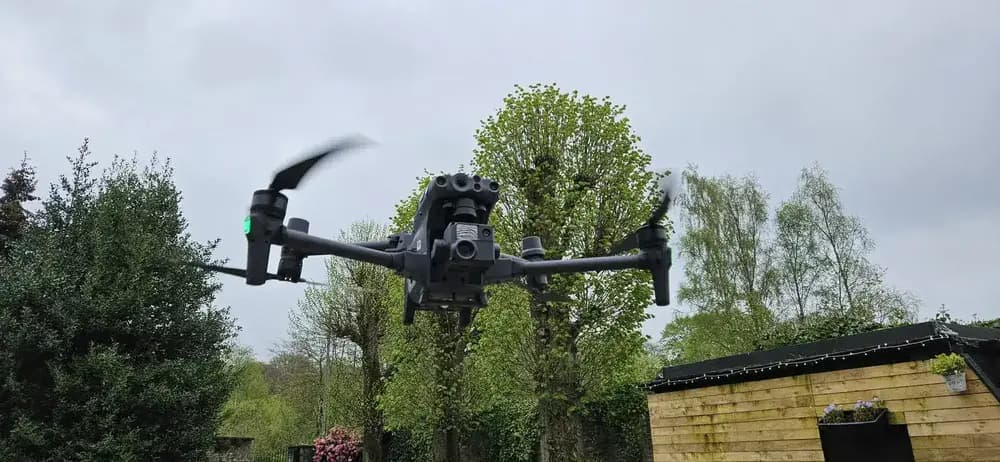
Understanding Ground Sample Distance (GSD) is essential for any drone pilot aiming to capture high-quality aerial images. GSD measures the size of each pixel in your photos, affecting detail and accuracy.
If you want sharper images for drone surveying or drone roof inspections, knowing how to manage GSD is crucial. What really influences GSD, and how can you calculate it effectively? Let's break it down and explore the practical implications for your drone missions.

30 Second Summary
- GSD (Ground Sample Distance) defines the real-world size of each pixel in aerial images, affecting their clarity and detail.
- Smaller GSD values produce sharper images, essential for accurate surveying and inspections.
- Factors like flight altitude, camera specifications, and image resolution significantly impact GSD.
- The formula to calculate GSD involves sensor width, flight altitude, focal length, and image width in pixels.
- Optimizing GSD by adjusting flight altitude and camera settings enhances image quality for informed decision-making.
What Is Ground Sample Distance (GSD)?
When capturing aerial images with a drone, Ground Sample Distance (GSD) is a crucial concept. GSD refers to the real-world size each pixel in your photo represents. For example, if your GSD is 5 cm, each pixel covers a 5 cm × 5 cm area on the ground. Smaller GSD values mean more detail, creating sharper images vital for tasks like surveying and inspections.
GSD is determined by several factors, including your flight altitude, camera sensor size, and focal length. The higher you fly, the larger the ground area each pixel covers, resulting in a higher GSD and less detail.
Calculating GSD involves a simple formula using your camera's specifications and flight altitude, which helps you tailor your mission for optimal accuracy. Understanding GSD allows you to enhance your aerial imaging and achieve precise measurement needs effectively.
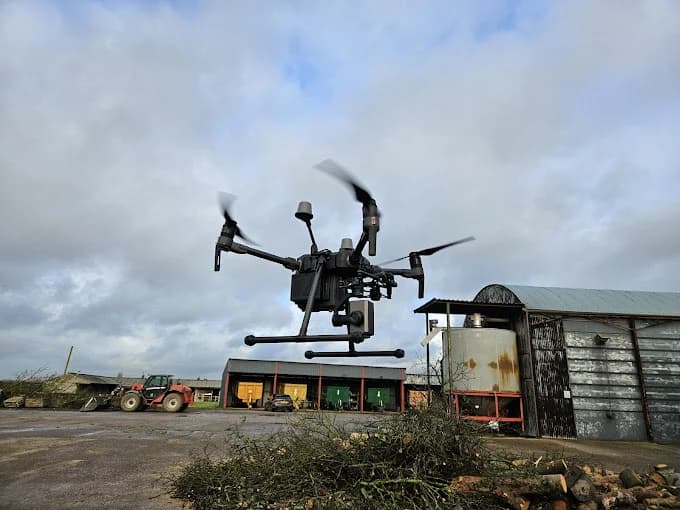
The Importance of GSD for Drone Operators
Understanding GSD is essential for drone operators because it directly influences the quality and accuracy of your drone imagery. A lower GSD means each pixel captures a smaller area, resulting in sharper and more detailed images.
This detail is crucial for tasks like surveying, inspections, and mapping, where precision matters. If your GSD is too high, you risk losing important information, limiting your ability to make accurate assessments.
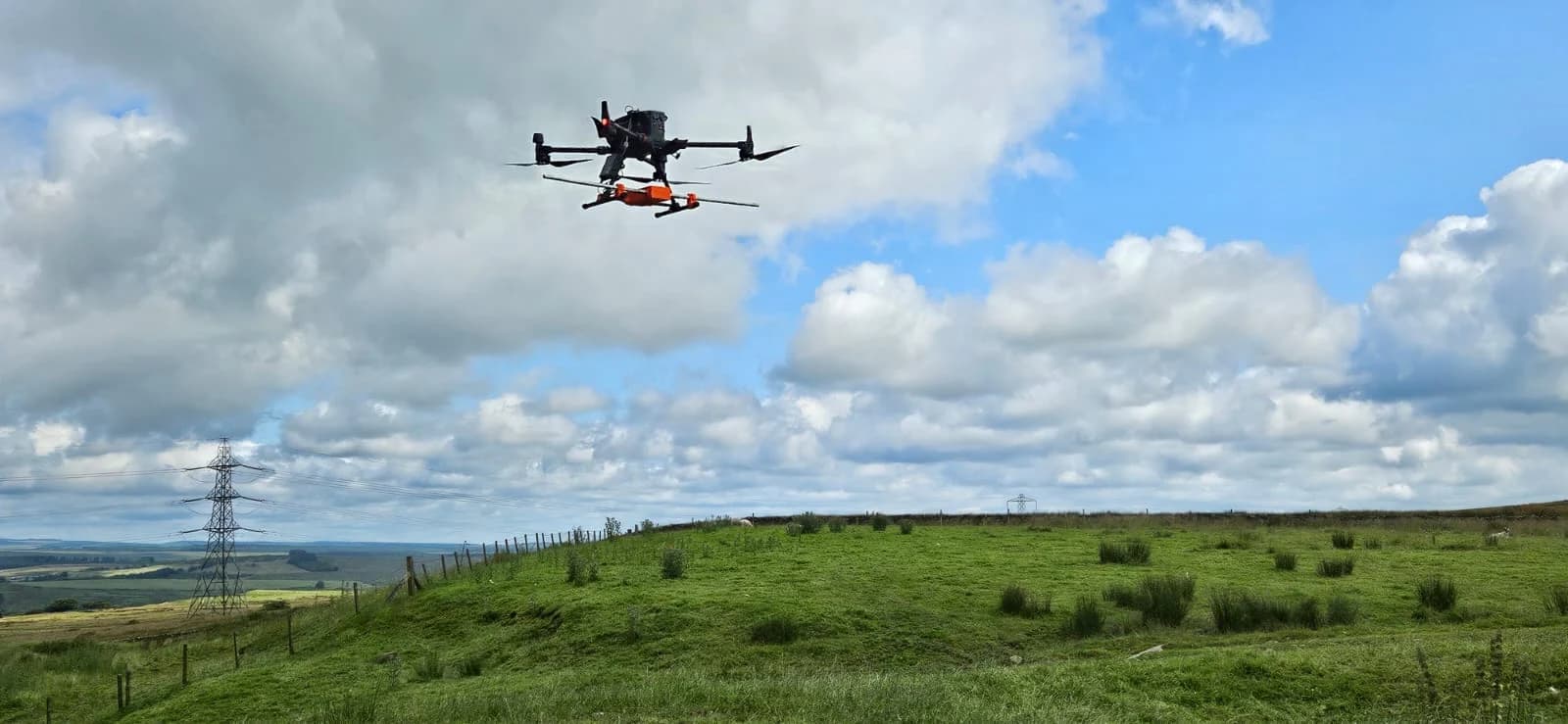
Factors Affecting GSD
When it comes to GSD, several factors play a crucial role in determining your image quality. Flight altitude, camera specifications, and image resolution all influence the level of detail in your aerial imagery. By understanding these elements, you can better control GSD and enhance your mapping results.
Flight Altitude Impact
As you adjust your flight altitude during a drone mission, you directly influence the Ground Sample Distance (GSD) of the images captured. Flying higher means each pixel covers a larger area, resulting in a higher GSD and less detail in your images. This can be acceptable for broader surveys, but if you need precise measurements, lower altitudes provide smaller GSD values and sharper images.
Balancing altitude with your project’s needs is crucial; consider how detailed your final map must be. Remember, every foot of altitude change alters the GSD, so plan accordingly. Ultimately, the choice of altitude determines the effectiveness of your data collection and, consequently, the accuracy of your project outcomes.
Camera Specifications Influence
Camera specifications play a crucial role in determining Ground Sample Distance (GSD), and selecting the right equipment can significantly impact the detail of your aerial images. The camera sensor's size is vital; a larger sensor captures more detail, resulting in a lower GSD.
Additionally, the lens's focal length affects how much ground each pixel represents. A shorter focal length increases your field of view but may lead to higher GSD. It’s also essential to consider the resolution of your images; more pixels can allow for a finer GSD if you adjust other factors accordingly. By understanding these specifications, you can optimize your drone's performance for the best possible image quality and accuracy in your projects.
Image Resolution Effects
Selecting the right camera specifications is just one aspect of optimizing your drone's performance; image resolution also significantly affects Ground Sample Distance (GSD). Essentially, the higher the resolution of your drone's camera, the more detail you can capture in your images.
When you increase the number of pixels, you can achieve a lower GSD, meaning each pixel covers a smaller area on the ground. This results in sharper, clearer images that are crucial for applications like surveying and mapping.
However, if your camera has a low resolution, you’ll end up with larger GSD values, decreasing image clarity. So, consider your camera's image resolution carefully; it plays a vital role in the accuracy of your aerial data.
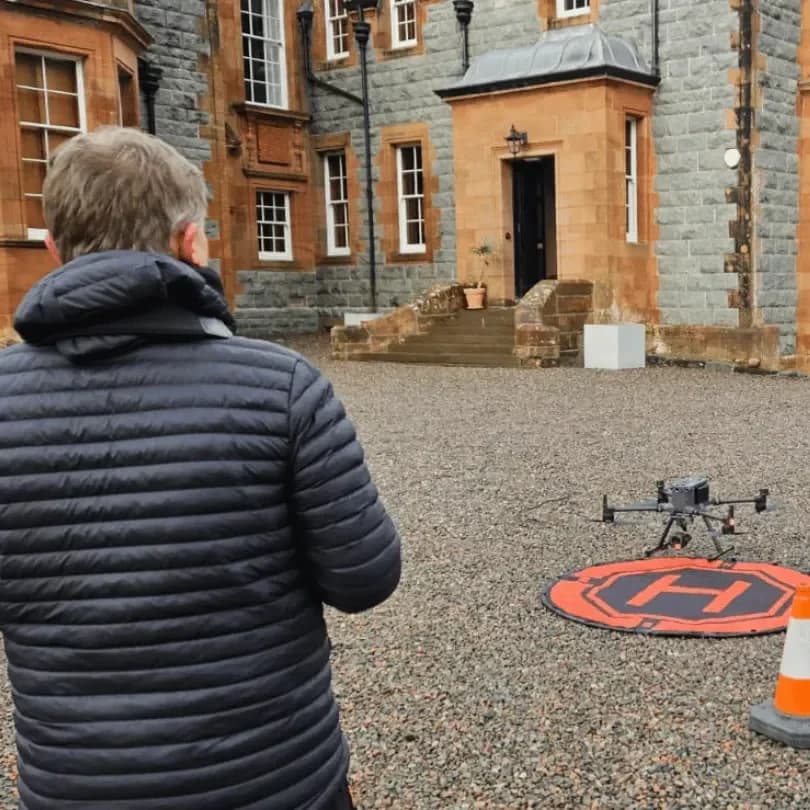
Calculating GSD: Formula and Method
Understanding how to calculate Ground Sample Distance (GSD) can significantly enhance the quality of your aerial imagery. To calculate GSD, you'll use the formula:
GSD = (sensor width × flight altitude) / (focal length × image width (in pixels))
To apply this, gather your drone's sensor width, the desired flight altitude, and the focal length of your camera. Measure the image width in pixels from your aerial shots.
For example, if your sensor width is 6.4 mm, you fly at an altitude of 100 m, use a focal length of 24 mm, and your image width contains 4000 pixels, plug in those numbers. Once calculated, GSD will tell you how much real-world distance each pixel covers. A lower GSD indicates a more detailed image, essential for precision work in mapping or inspections.
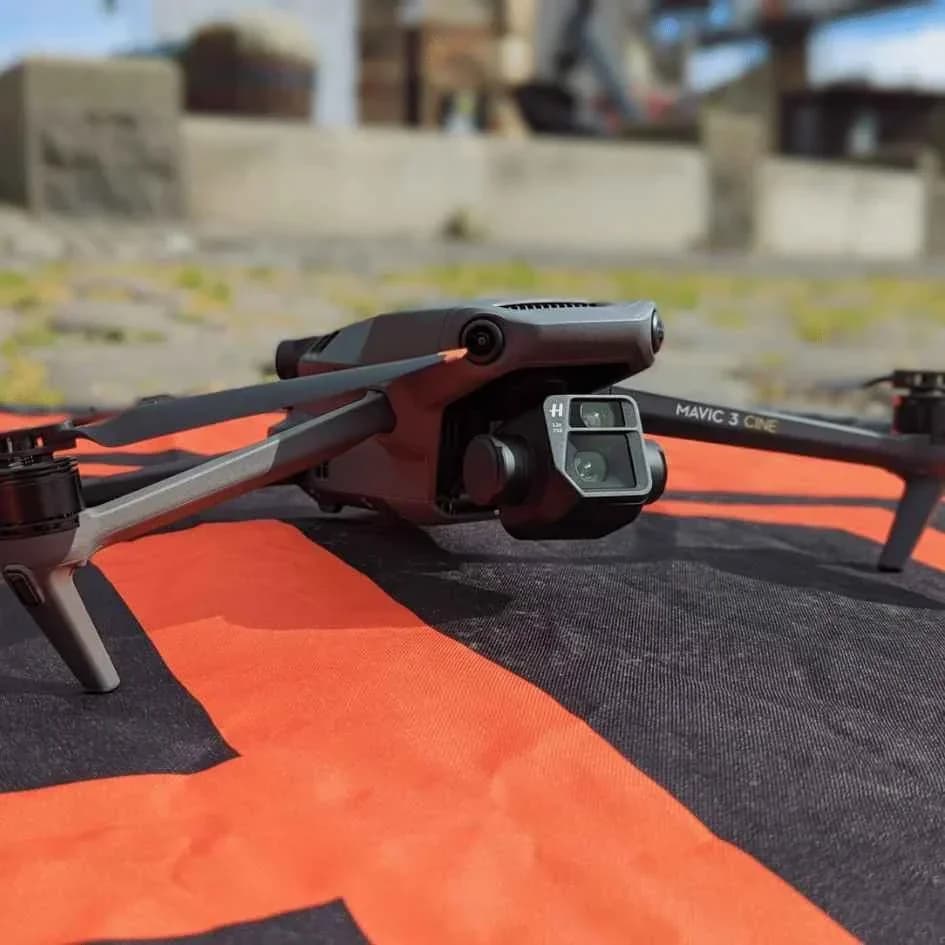
Practical Implications of GSD in Drone Missions
As you plan your drone missions, recognizing the practical implications of Ground Sample Distance (GSD) can significantly enhance the outcomes of your aerial imagery. A well-chosen GSD helps ensure that your images meet the project's accuracy requirements. For instance, if you’re inspecting infrastructure or surveying land, a lower GSD allows for more detailed, precise images—crucial for informed decision-making.
You’ll also want to consider flight altitude and camera settings, as these factors directly influence your GSD. Adjusting these parameters helps you achieve the desired level of detail without compromising your mission's efficiency. Additionally, many mapping software tools can automatically factor in GSD, streamlining your workflow.
Ultimately, mastering GSD allows you to tailor your drone missions for better quality and accuracy, leading to improved outcomes whether you're working on mapping, inspections, or other aerial applications.
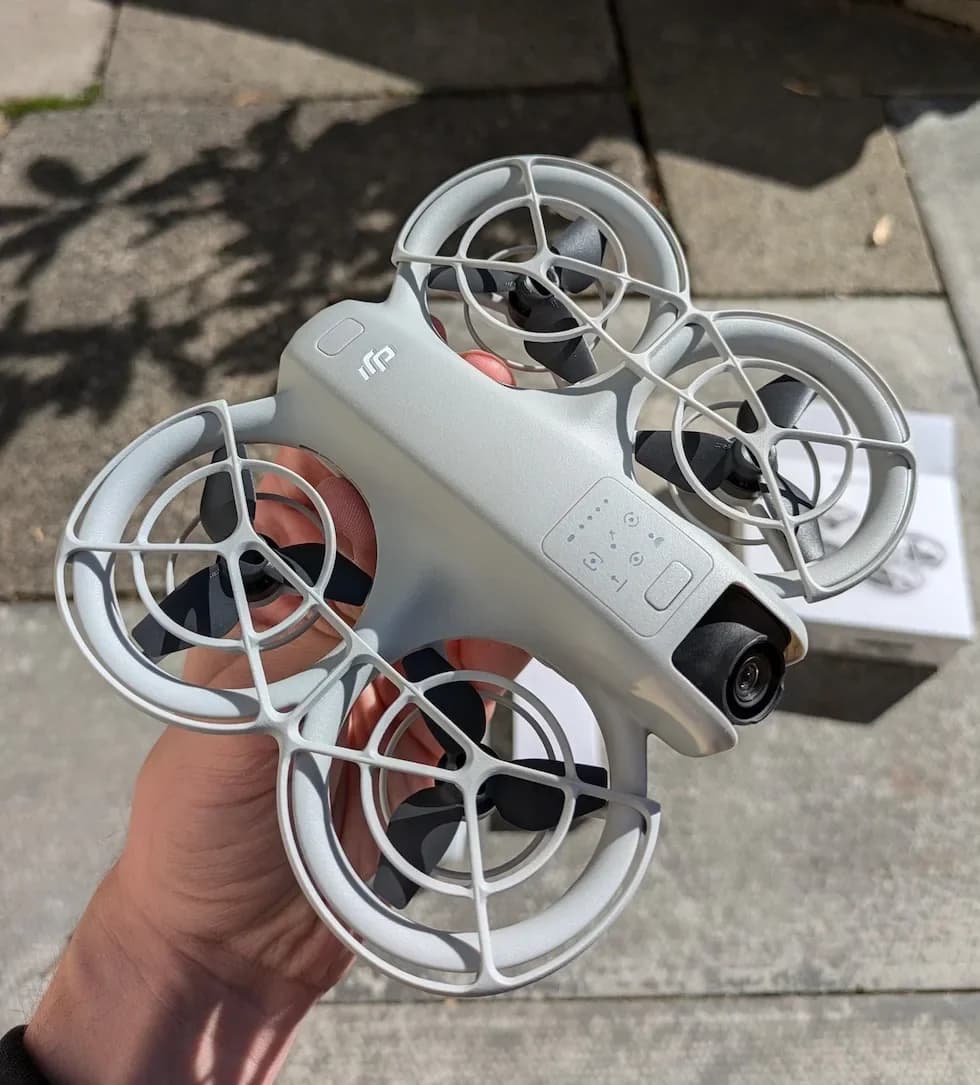
Frequently Asked Questions
Can GSD Be Adjusted Mid-Flight During a Mission?
Yes, you can adjust GSD mid-flight, but it requires careful consideration. If you need higher detail, you might lower your altitude, effectively reducing the GSD. However, make sure your drone can safely manage the new altitude and maintains stable flight. Switching camera settings or changing the area of interest may also impact GSD. Always monitor your flight parameters to ensure your images remain sharp and accurate for your project’s needs.
How Does Weather Affect GSD in Aerial Photography?
Weather can significantly impact the quality of your aerial photography and, consequently, GSD. Poor visibility due to fog, rain, or heavy cloud cover can reduce image sharpness, resulting in a higher GSD, meaning less detail in your photos. Wind can also sway the drone, lowering stability and affecting the accuracy of your captures. So, check the weather conditions before your flight to ensure you achieve the best possible image quality and GSD.
What’S the Ideal GSD for General Mapping Projects?
For general mapping projects, an ideal GSD usually falls between 2 to 5 centimeters. This range offers a good balance between detail and efficiency. If you're capturing high-resolution images for detailed analysis or inspections, aim for the lower end of that spectrum. Higher GSD values could compromise the precision needed for accurate measurements, so you’ll want to consider your project's specific requirements when planning your flight altitude and camera settings.
Are There Software That Can Optimize GSD Automatically?
Yes, there are several software solutions that can optimize GSD automatically for your drone mapping projects. These programs take into account various parameters like flight altitude, camera specifications, and desired resolution to calculate the optimal settings. By using these tools, you can streamline your workflow, ensuring you capture the highest quality imagery without needing to calculate GSD manually each time. This saves you time and helps improve the accuracy of your results.
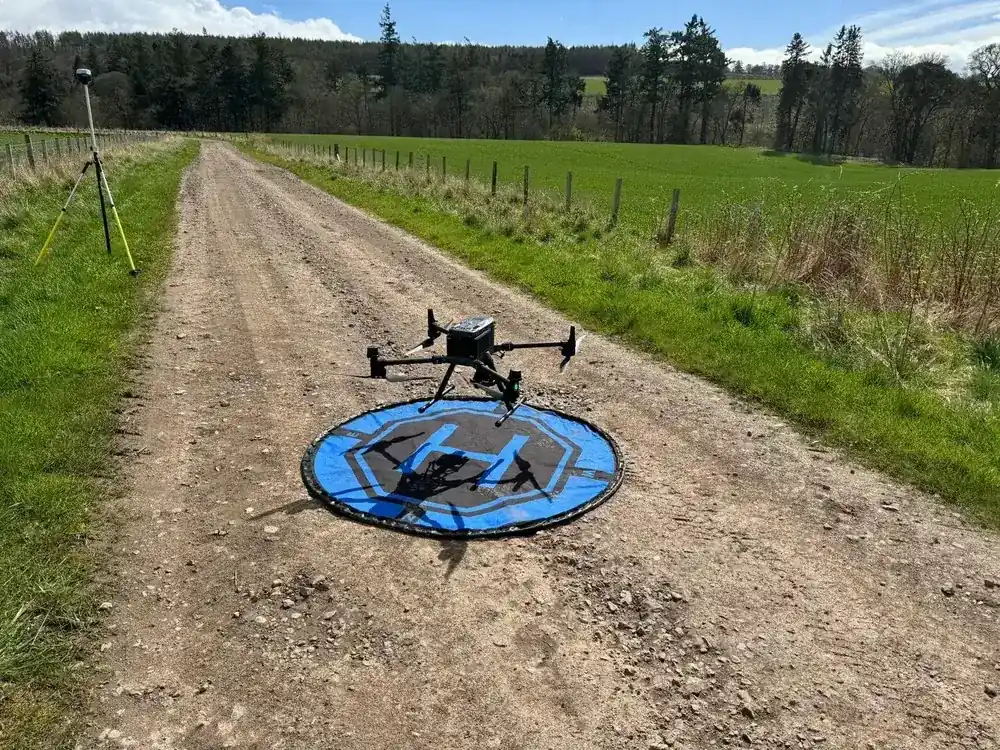
How Does GSD Impact Drone Battery Life During Flights?
GSD significantly impacts your drone's battery life during flights. When you fly at a lower altitude for detailed mapping, your drone has to work harder, potentially draining the drone battery faster. Higher GSD values may allow for higher altitudes, which can extend drone battery life since the drone doesn’t need to use as much power to capture detailed images. Balancing your GSD with drone battery management ensures efficient flights and maximizes your operational time.
Enhance Your Aerial Data with Expert Drone Pilots
Understanding and optimising Ground Sample Distance (GSD) is paramount for achieving high-quality aerial imagery, crucial for precise surveying, detailed drone surveys, and accurate LiDAR mapping. The right GSD ensures sharper, more valuable data, directly impacting the success and insight derived from your projects. To consistently achieve optimal GSD and superior aerial results, relying on professional expertise is key.
HireDronePilot expertly solves the challenge of finding qualified drone operators who understand the nuances of GSD, camera specifications, and flight planning. Our network offers extensive experience and certifications across various drone applications, ensuring your aerial projects, from infrastructure inspection to environmental surveying, benefit from precision and compliance.
Visit https://hiredronepilot.uk/ to connect with verified professional drone operators across the UK. HireDronePilot is the UK's premier managed marketplace, streamlining drone services through competitive bidding and ensuring quality, compliance, and value for every aerial project. Ready to elevate your aerial imagery with perfectly calibrated GSD? Find the ideal drone operator for your project today!
About the Author

Written by
Peter Leslie
Peter Leslie is a CAA-approved commercial drone pilot with 10+ years experience and over 10,000 flight hours. He holds the GVC and A2 CofC drone licences with full CAA Operational Authorisation. Peter is a member of ARPAS-UK, the UK's non-profit trade association for the drone industry. He founded HireDronePilot to connect UK businesses with qualified, insured drone operators.
Looking for More Drone Work?
Join the UK's leading network of professional drone pilots and grow your business.
Open Access
Bid on any job - all jobs open to all pilots
Grow Revenue
Access high-value commercial projects
Stay Busy
Fill your schedule with regular work
Related Articles

Our Drone Survey Service In Stirling, Scotland
Bringing you Stirling drone survey data from areas no one else can fly.

How Much Does A Drone LiDAR Survey Cost
Forecasting your drone LiDAR survey cost requires understanding what's hidden beyond the initial quote.

Step By Step Process Of Drone LiDAR Survey
Next, discover the crucial post-flight steps that determine your survey's success.
